
Wild Country Ropeman 1 and 2 are the definitive climbing rope ascenders – and provide an unrivalled range for all rock climbing, alpine climbing, winter climbing, sports climbing and mountaineering.
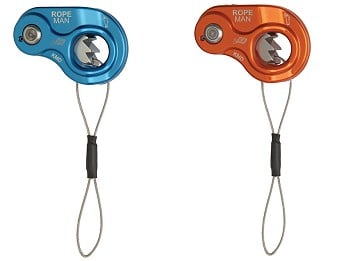
This original but revamped Ropeman is the lightest of the three, has an aluminium cam and is designed for ropes over 10mm in diameter.
- New Ropeman 1: £34.95
- Alloy cam 7075 T6
- 3 Sigma rated
- Rope diameter 10-13mm
- Two new colours for easy identity
- CE EN567, UIAA 126
- Weight 62g
- Set available with Synergy Keylock karabiner £42.95
- In stores Feb/Mar 2012
New Ropeman 2 - Now reworked with forged sideplates the Ropeman 2 is neater in the hand, a touch lighter and with better internal radii it has a smoother function across a broader range of karabiners. The Ropeman Mk2 was the successor to the Mk1 and was designed with stainless steel cam that allows use on ropes down to 8mm. The stainless cam allows a more complex (and more aggressive looking) but ultimately more rope friendly design, which gives bite on thinner cords that the Ropeman 1 doesn't have.
- New Ropeman 2 £39.95
- Stainless cam 174ph
- 3 Sigma rated
- Rope diameter 8mm-13mm
- Two new colours for easy identity
- CE EN567, UIAA 126
- Weight 92g
- Set available with Synergy Keylock karabiner £47.95
- In stores Feb/Mar 2012
Download our 2012 Catalogue here
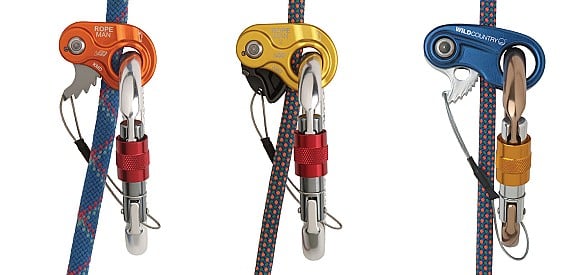
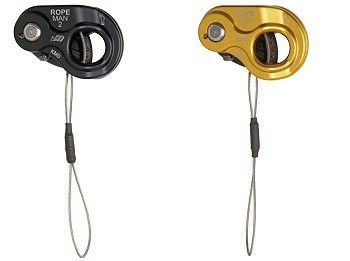

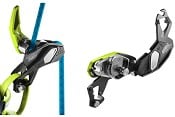
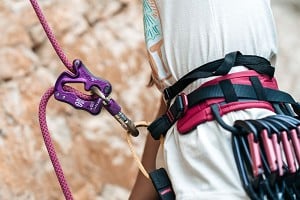
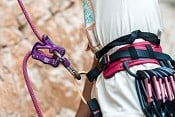
Comments